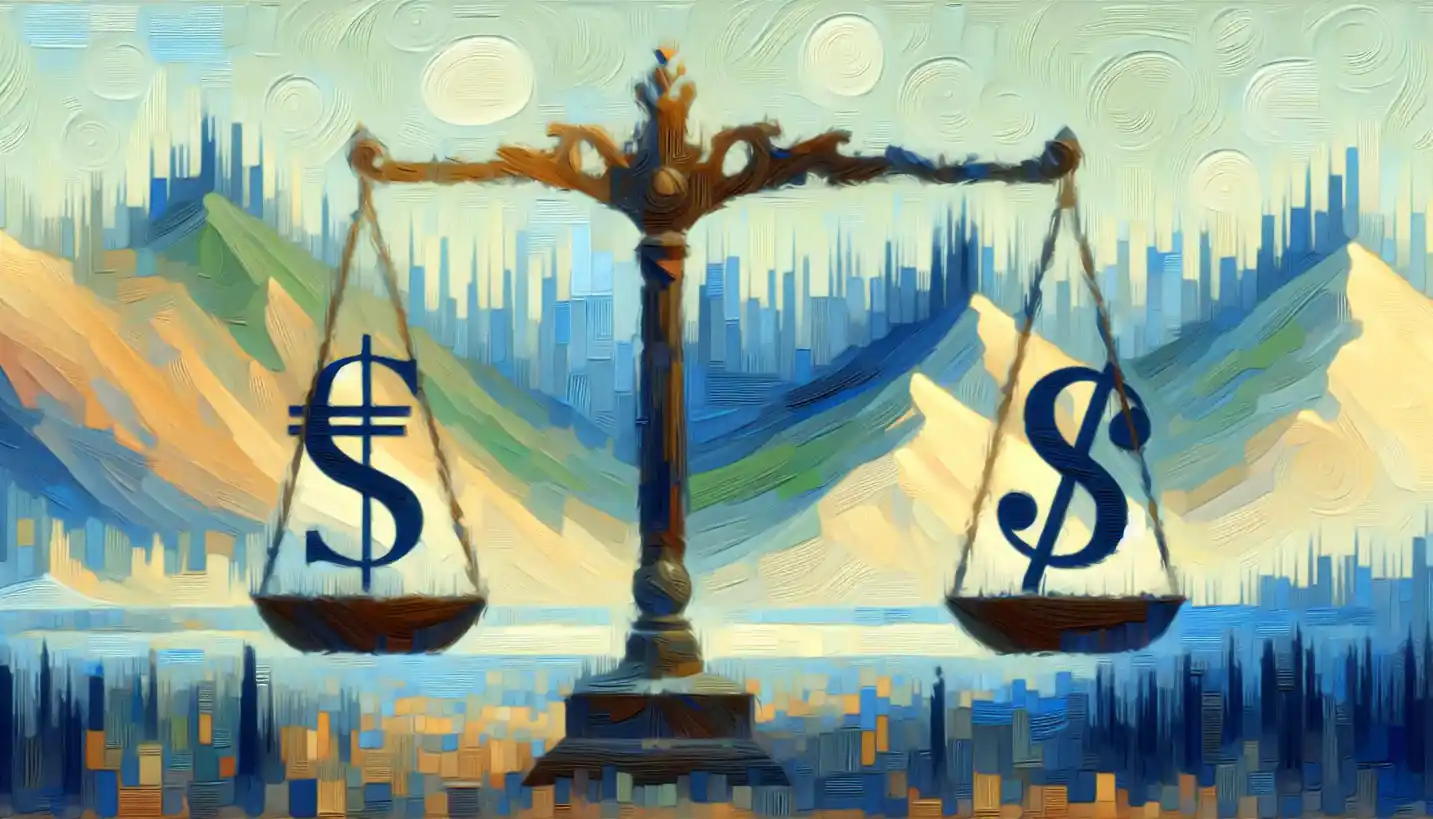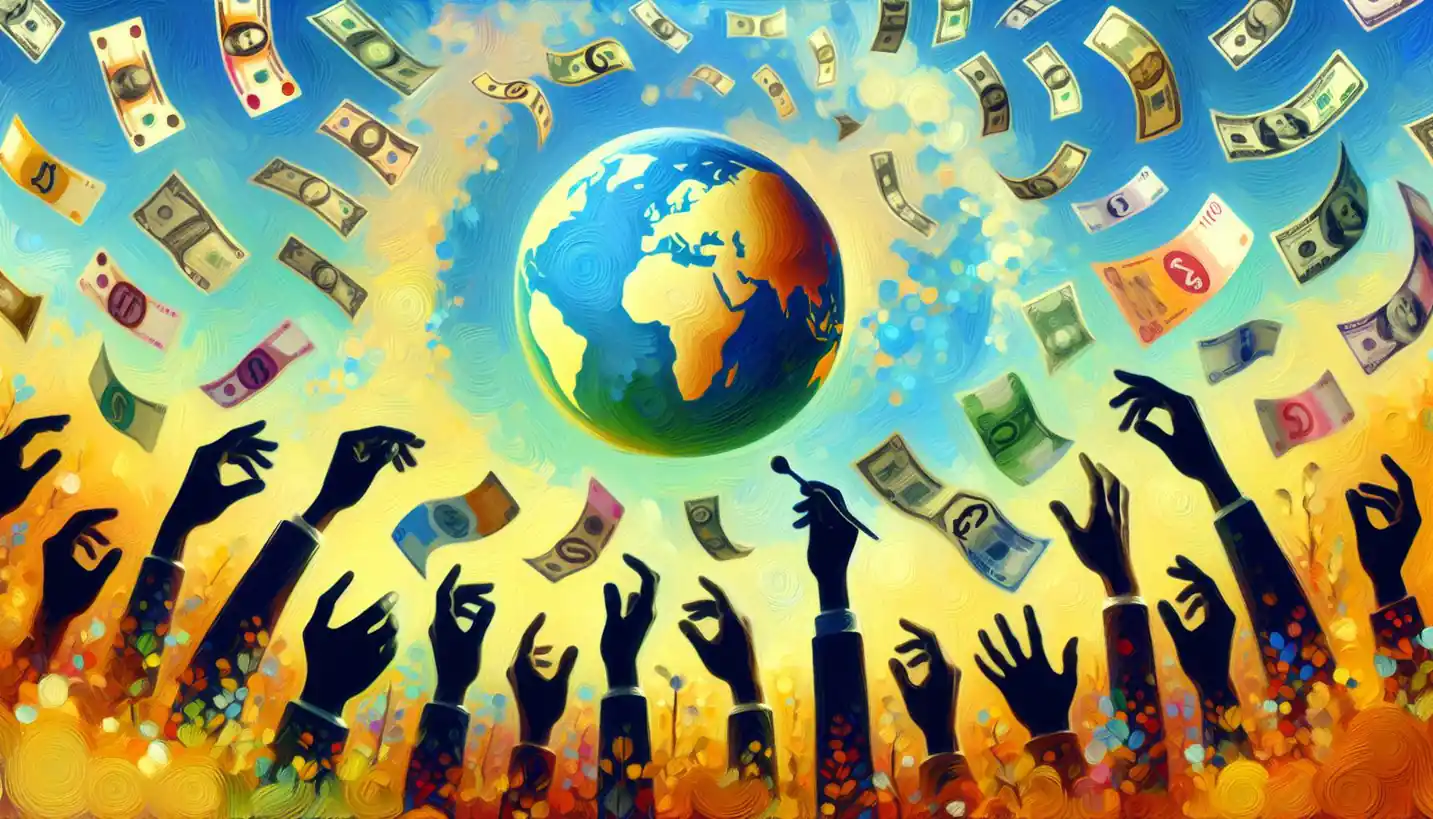· Economics · 3 min read
Chicken Game: The Dance of Strategy in Game Theory
In the Chicken Game, strategies collide in a thrilling dance of brinkmanship. Uncover how decisions in this game mirror real-world conflicts and strategic dilemmas.

Have you ever found yourself in a situation where yielding means losing face, but going forward could lead to disaster? This is the riddle at the heart of the Chicken Game, a fascinating concept in game theory and economics. Let’s dive into this intriguing world where strategy, ego, and smart decision-making meet.
What is the Chicken Game?
Think of two drivers speeding towards each other on a narrow road. Neither wants to swerve first because that would mean losing in a game of bravery. However, if neither swerves, they crash. This scenario captures the essence of the Chicken Game. It’s about making the hard choice between cooperation and competition, with high stakes at play.
The Rules of This Game
In the Chicken Game, each player has two choices: to swerve or to stay. The outcome depends not only on what you choose but also on what your opponent decides. If both players decide to stay, the result is the worst possible for both. If one swerves and the other stays, the one who swerved is seen as the “chicken,” while the other wins. But if both swerve, it results in a draw, which is not ideal but better than a collision.
Real-Life Examples of the Chicken Game
This game isn’t just theory; it plays out in real life more often than you might think. Imagine two large corporations considering a price cut to gain market share. If both cut prices, their profits plummet. If neither cuts, they maintain the status quo. But if one cuts and the other doesn’t, the one that cuts grabs a larger market share while the other loses out.
Another classic example is international diplomacy. Countries might threaten war, knowing that actual conflict is mutually destructive. Here, the Chicken Game helps explain why nations choose to bluff yet avoid pushing the situation to a point of no return.
The Dance of Strategy
The Chicken Game isn’t just about guts; it’s a delicate dance of strategy and anticipation. Players must guess the other’s next move, balancing aggression with caution. In economic terms, this means analyzing incentives, reputations, and past behavior to predict future actions.
This is where the concept of “mixed strategies” comes in. Players might opt to randomly choose their actions based on a certain probability to keep the other guessing. In the car analogy, neither driver would have a 100% reliable pattern, creating unpredictability as a tactic.
Why the Chicken Game Matters
Understanding the Chicken Game is crucial for grasping how conflicting interests are negotiated in economics, politics, and even personal relationships. It highlights the risk of relentless pursuit of self-interest, showing the need for sometimes prioritizing cooperation to avoid disastrous outcomes.
This game model helps us see beyond the immediate conflict, exploring how strategies evolve and adapt. It’s a reminder that sometimes the bravest act is knowing when to yield.
Conclusion: Balancing Bravery and Wisdom
The Chicken Game teaches an essential lesson in strategy and decision-making. It reflects our ongoing struggle between sticking to our guns or backing down when facing high stakes. This dilemma, though complex, reveals the importance of understanding behavior, incentives, and possible outcomes.
So, the next time you find yourself in a standoff, whether at work or in life, remember the lessons of the Chicken Game. A strategic yield might just be the smartest move. After all, knowing when to play tough and when to play smart can mean the difference between a crash and a win.



